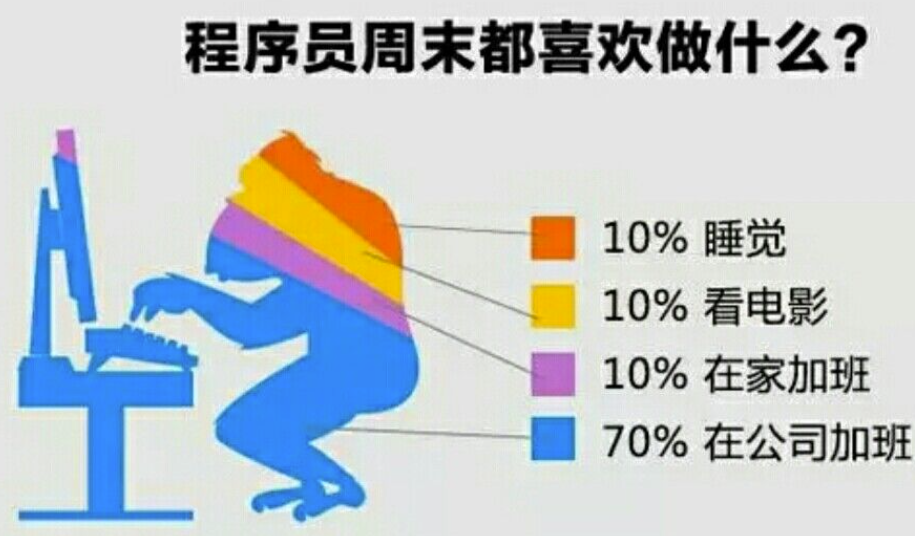Charge source sensor conditioning refers to the process of preparing and optimizing the signals generated by charge-based sensors for further processing or measurement. Charge-based sensors, such as piezoelectric sensors or capacitive sensors, generate an electrical signal in response to changes in mechanical force or pressure.
Sensor conditioning typically involves several steps:
Amplification: The weak electrical signal generated by the charge sensor is amplified using operational amplifiers (op-amps) or specialized charge amplifiers. This step increases the signal strength and improves its integrity.
Filtering: To remove unwanted noise and interference from the amplified signal, filtering techniques like low-pass filters are often applied. These filters allow only the desired frequency range relevant to the measured phenomenon.
Signal conversion: In some cases, it may be necessary to convert the analog signal from the charge sensor into a digital format for further processing or storage. This can be done using analog-to-digital converters (ADCs).
Calibration: Sensor conditioning also involves calibration procedures to ensure accurate measurement. Calibrations may include adjustments for sensitivity, linearity, temperature compensation, and zero-offset correction.
Overall, charge source sensor conditioning aims to enhance the quality of the sensor output, improve its accuracy, reduce noise interference, and make it suitable for subsequent analysis or use in various applications.
内容由零声教学AI助手提供,问题来源于学员提问










![/data # iw --debug dev wlan0 connect -w "lucky-5g" auth open key 0:1234567890
Usage: iw [options] dev connect [-w] [] [] [auth open|shared] [key 0:abcde d:1:6162636465] [mfp:req/opt/no]
Join the network with ...](https://linuxcpp.0voice.com/zb_users/upload/2023/05/202305162239148267954.png)
![驱动代码
void kalRxTaskletSchedule(struct GLUE_INFO *pr)
{
static unsigned int num = 0;
tasklet_hi_schedule(&pr->rRxTask[(num++)%NR_CPUS]);
// tasklet_hi_schedule(&pr->rRxTask);
DBGLOG(HAL, ERROR,](https://linuxcpp.0voice.com/zb_users/upload/2023/05/202305162226144313964.png)







